Acquiring a more self-sustainable homestead will involve gardening. Producing your own fruits and vegetables for your family to enjoy will bring a wonderful sense of accomplishment as well as the added health benefits. Also, investing endless hours planting, pruning, and caring for a vast garden only to discover their crop invaded or devastated by insects, could discourage homesteaders from devoting any more time to the project. There are many methods to reduce or destroy invading insects. I will explore the types of pests that you could find lurking in your garden, and the different ways to get them gone.
Tomatoes, Cucumbers, Peppers, & Carrots
Common Invasive Varieties:
- Aphids
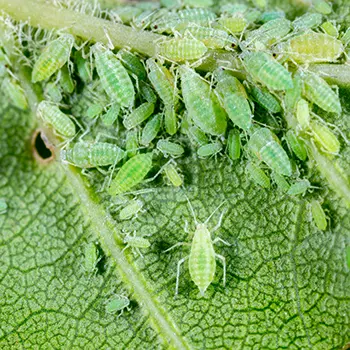
- Cutworms
- Flea Beetles
- Nematodes
- Cucumber Beetles
- Squash Bugs & Squash Vine Borers
- Thrips
- Spider Mites
- Pepper Maggots
- Carrot Fly
- Turnip Moth
They gather on the buds and stems of the plant. In small amounts, they do not overwhelm the plant. But as they reproduce, they become a problem. Some of these types are easily controlled, while others if left unchecked, will destroy the harvest. Feasting on root, leaf, stem, fruit, and flower. Also, cucumber beetles in particular transmit a viral disease as they eat. This causes the plant to wilt and die.
Removal Methods
Spraying the infected plant with water, ensuring the underside of the leaves is flushed clean. However, you can spray a homemade pest spray if they are already in high volumes. To dispose of the pests, you can remove the beetles with a small vacuum. If that doesn’t sound feasible to the situation. You can use petroleum jelly on your fingertips to grab the clusters of the bugs. There are also the yellow sticky pads that gardeners love for keeping the insect population low.
Alternatives
Try planting onions, garlic, marigolds, cilantro, catnip, basil, radishes, buckwheat, or borage, around your plants, will help protect them. The natural odors produced will repel and deter the insects. For specific infestations like cutworms; sprinkling the plant with talcum powder will deter their feasting.
Potatoes, Cabbage, Beans, & Corn
Common Invasive Varieties
- Colorado Potato Beetle

- Wireworms
- White Grubs
- Diamondback Moth Larvae
- Cabbage looper
- Cabbage Worm
- Black Cutworm
- Corn Root Aphid
- Billbugs
- Bean Leaf Beetle
- Silverleaf White Flies
- Lima Bean Vine Borer
One of the most decimating troubles a plant could face is a meddlesome insect feeding on its leaves and fruits. Also, reducing the plant’s yields significantly. If left to it, the plant could die. The plants should be cleaned of any damage to encourage new growth. Keeping the environment clear of the invasive insect’s preferred medium for reproducing will help lower meddling populations.
Removal Methods 
Concocting a strong tea from tansy leaves and adding a few drops of either eucalyptus or peppermint essential oil to the mixture. Misting the plants foliage with the mixture will help deter insects. You can alternatively mix up a solution of dormant oil and water. A more combative method is using sticky strips, and cabbage collars.
Alternatives
Compatible protective plants to grow in the vicinity of your crops are horseradish, bush beans, buckwheat, catnip, flax, chamomile, clover, and savory. All provide a great solution for gardens with a hungry bug problem.
Apples & Pear Trees
Common Invasive Varieties
- Maggot Flies
- Codling Moth
- Plum Curculio
- Woolly Apple Aphid
- Adult Katydids
- Lygus bugs
- Stink bugs
- Western Box-Elder
Infestation in your orchard could wipe out your entire fruit harvest. Staying on top of the invasive insect population is most advised. These pests feed on the tree’s trunk, leaves, fruits, and flowers.
Removal Methods
Encouraging the predatory insects and birds to feast on the pests is ideal. Setting up the correct environment for the helpful insects to thrive. You can also hang moth traps, and spray dormant oil mixtures to smother the bugs.
Alternatives
Planting comfrey, chamomile, fennel, basil, dill, lemongrass, marigolds, nasturtiums, borage, chives, foxglove, and garlic will help you keep your orchard safe from destructive insects.
Strawberries
Common Invasive Varieties
- Slugs

- Strawberry Bud Weevils
- Tarnished Plant Bugs
- Spittlebugs
These types of omnivorous predators will feast endlessly on your strawberry patch. Not only consuming the leaves and flowers, but they also puncture and eat the fruit. They are all best planted alongside companion plants to encourage an insect-free; vegetation and fruiting cycle.
Removal Methods
Following a weekly cycle, thoroughly wash your strawberry plants in a soap water mixture during their entirety. This will smother any hatched larvae, as well as discourage the insects from laying their eggs on the plant.
Alternatives
Wonderful strawberry patch companions that keep the insects away are caraway, borage, catnip, mint, sage, coriander, chives, and onions. Another method worth mentioning is the sprinkling of diatomaceous earth throughout the patch.
Fennel
Common Invasive Varieties
- Slugs

- Cutworms
- Cigarette Beetle
- Drugstore Beetle
Fennel is one of those double-edged swords. The plant is a natural flea repellent but doesn’t make a good companion. Except for dill. Fennel and dill go hand-in-hand. When an infestation overwhelms your fennel, you must take quick action to save the plant.
Removal Methods
Create natural barriers to prevent the offending insect from reaching the plant. With high banked soil or deeply dug traps, Using sweet creations like sugar, or expired fruit pieces. The insects then can be collected and removed from the garden.
Considering the bounty, we harvest can partially or perhaps fully sustain our family’s needs. Depending on your garden size. You could be saving money on purchasing your fruits and vegetables by consuming the crops you harvested instead.
It only stands to reason that we should create a thriving environment for everything to grow harmoniously and plentiful. Developing strategic growing methods to help protect gardens from an omnivorous insect invasion, and encourage the beneficial bugs, parasitoid wasps, and hoverflies. You will be giving your garden some of the best help it can get by using the companion planting strategy for insect control.
You may also like:
What You Should Do Immediately When You Find An Alligator Tree? (Video)
8 Best Natural Ways To Stop Slugs And Snails From Destroying Your Plants

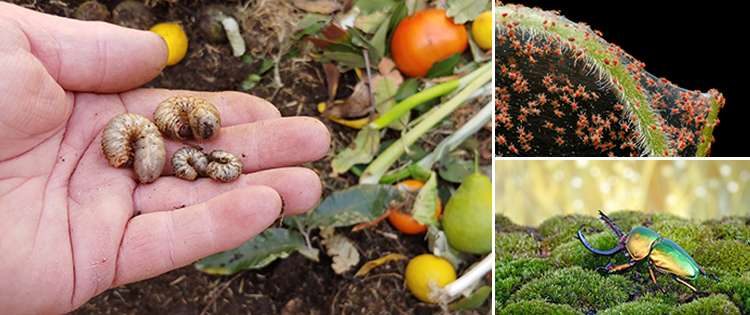
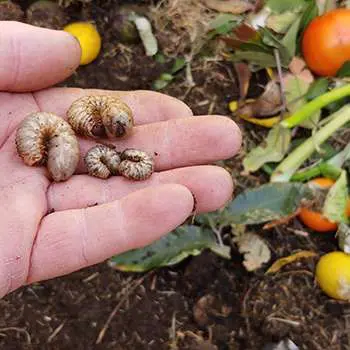
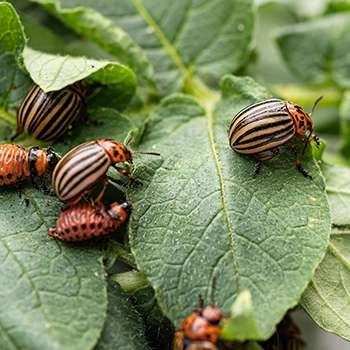
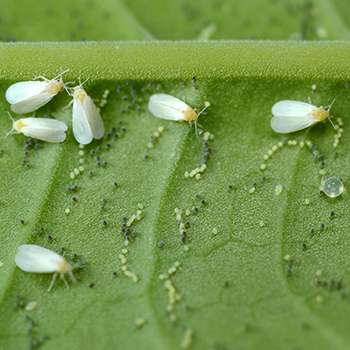

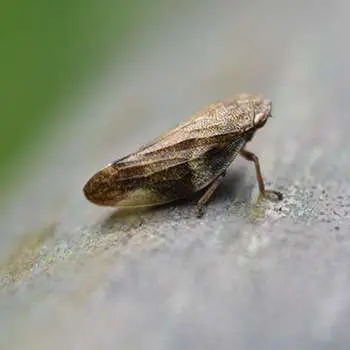
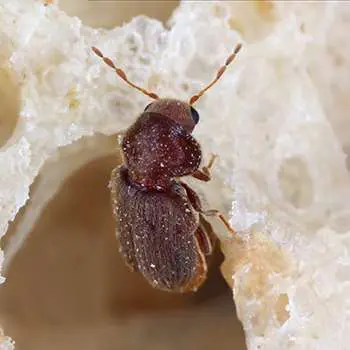
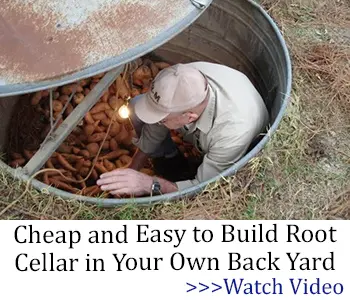








I was expecting more. Photos of the bad insects would help.
I also found that going out at night with a flashlight to manually pick off slugs from potato plants is 100% effective, after 2-3 nights.